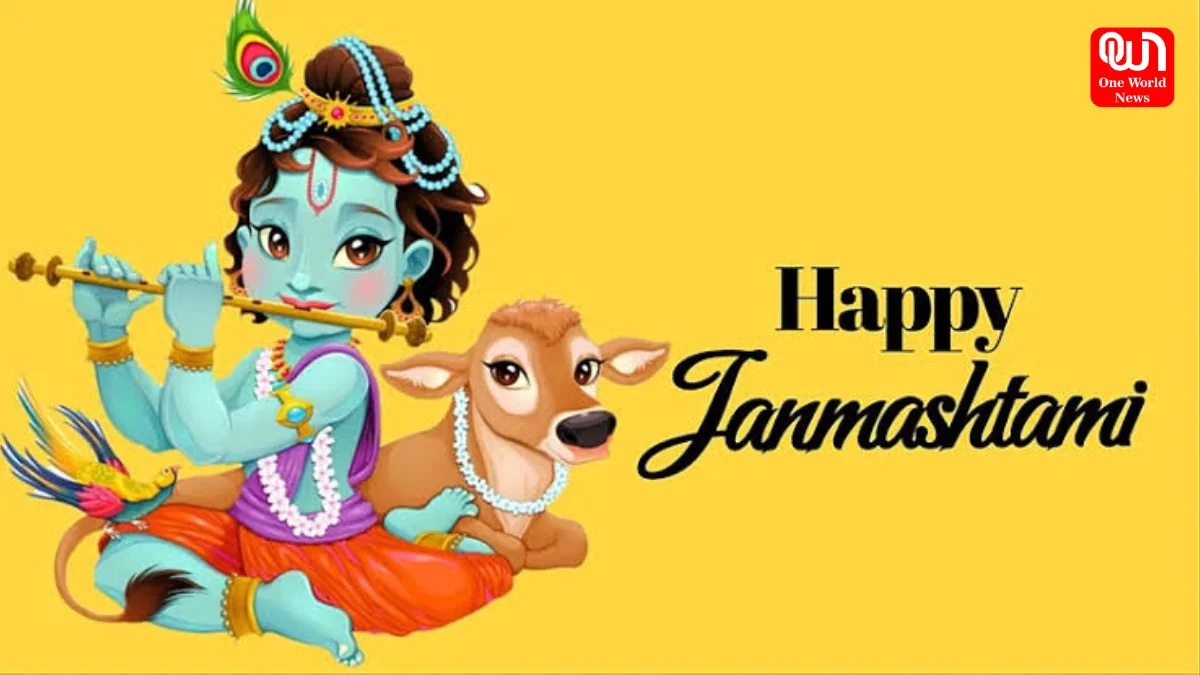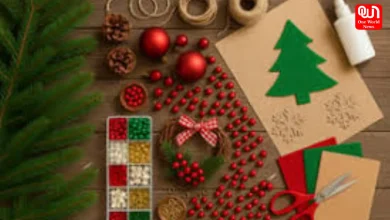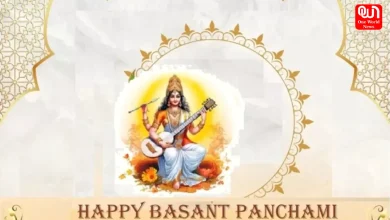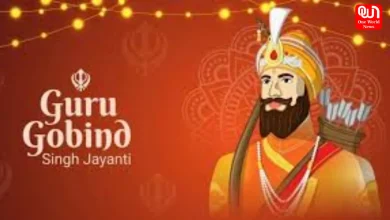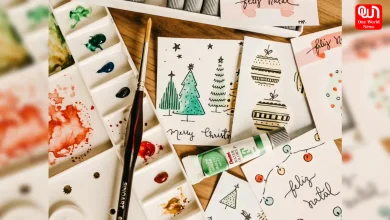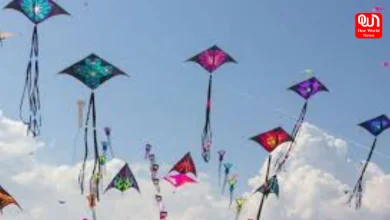Essential Rules for Fasting on Janmashtami for Devotees
Fasting Rules for Janmashtami: A Guide to a Devotional Fast
Rules for Janmashtami Fasting: What to Eat and Avoid?
Millions of people observe a fast on Janmashtami which is the holy day of birth of Lord Krishna. The fast or vrat is one method of cleansing the body and mind in order to show fulfillment, to be close to god and to get the blessings of Bhagwan Krishna. Although, the essence of the observation is not to eat or drink until the midnight of birth celebration, the practice can be different. This is the guidelines to the Janmashtami fasting rules i.e. food, and what to keep in mind during fasting.
Kinds of Janmashtami Fast-
Fast during Janmashtami is of two main types:
Nirjala Vrat: This is the strictest kind of fast in which the fasting people neither drink nor eat the entire day. Midnight after the puja to celebrate Krishna birth, the fast is broken. This is a difficult fasting and is normally performed by people who are physically well and have practiced fasting.
* Phalahar Vrat: Phalahar vrat is a less demanding fast where one is supposed to eat nutritious fruit, milk, water, and certain foods permitted during a vrat. This kind of fast can be used by mostly all people, children, elderly and as well as patients with health conditions. It will enable believers to be involved in the spiritual practice without harming their bodies.
Eating Reflections: What to eat and what to avoid-
No matter what kind of fast people do, there are some rules to follow regarding the diet:
Foods to Avoid: The key rule is to not eat grains, pulses and cereals such as wheat, rice and lentils. This incorporates any product that uses such ingredients. Also, non-vegetarian food, onions, garlic, and regular table salt are to be avoided. They are taken to be tamasic foods and they can mislead the mind to be in a spiritually clean state.
read more –
Janmashtami 2025: Puja Vidhi, Celebrations, and Rituals for Home”
* Foods to eat: When following a Phalahar Vrat, you can still consume various items. This includes fresh fruits, dry fruits, and dairy products such as milk, yogurt, and paneer. You will be able to eat certain veggies, including potatoes and sweet potatoes. If you are preparing food it is typically made flexible with sendha namak (rock salt) instead of standard salt, and buckwheat (kuttu ka atta), water chestnut flour (singhare ka atta), and amaranth flour (rajgira ka atta) instead of standard flour. Popular dishes include sabudana khichdi and makhana for fasts.
* Hydration: You need to stay hydrated especially if you are not doing Nirjala fast. You can drink water, coconut water, and milk-based drinks such as buttermilk or lassi, and herbal teas.
Breaking the Fast— The fast is often broken at midnight after the puja for Lord Krishna. The first food consumed is nearly always the prasad or bhog supplied to the deity, such as panchamrit (mix of milk, curd, honey, ghee, and sugar) and dhaniya panjiri. During the breaking of fast it is ideal to eat light and easily digested food so your system can recover safely.
We’re now on WhatsApp. Click to join.
Like this post?
Register at One World News to never miss out on videos, celeb interviews, and best reads.

